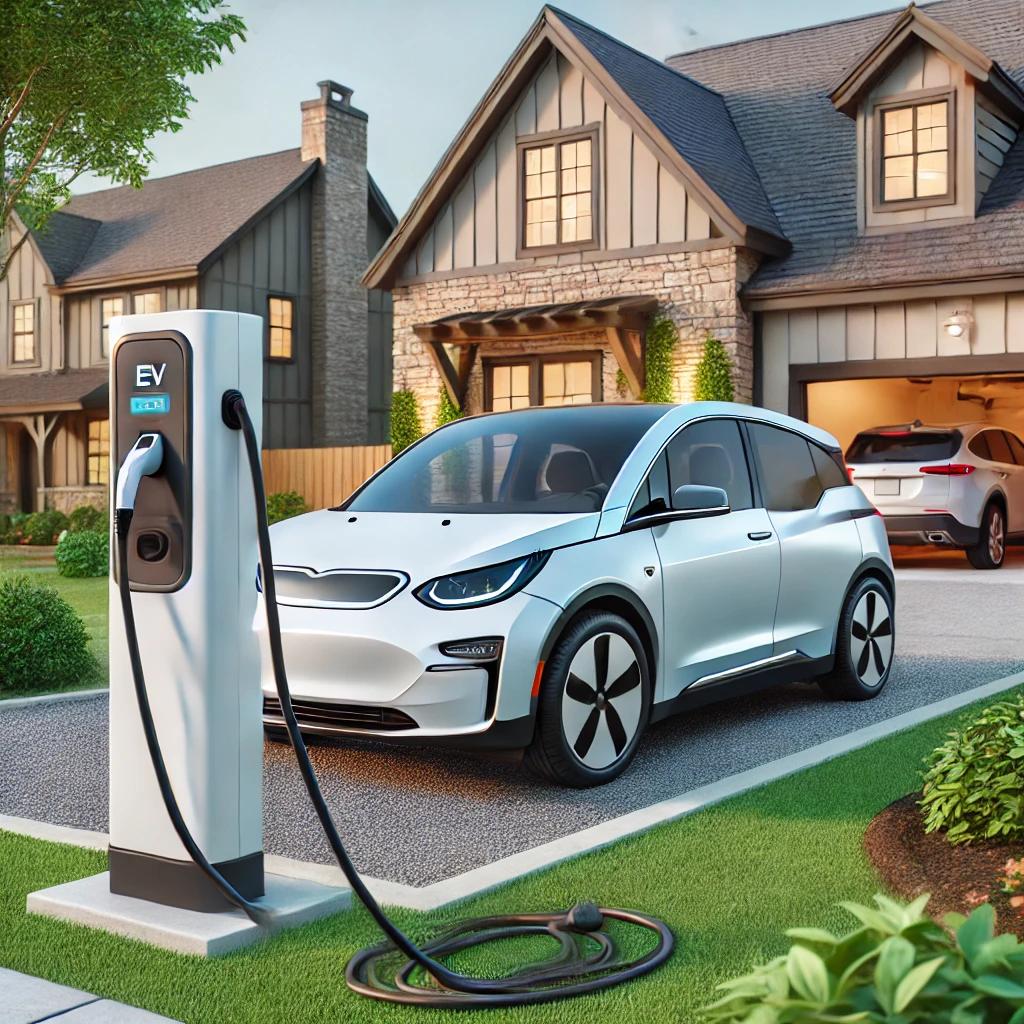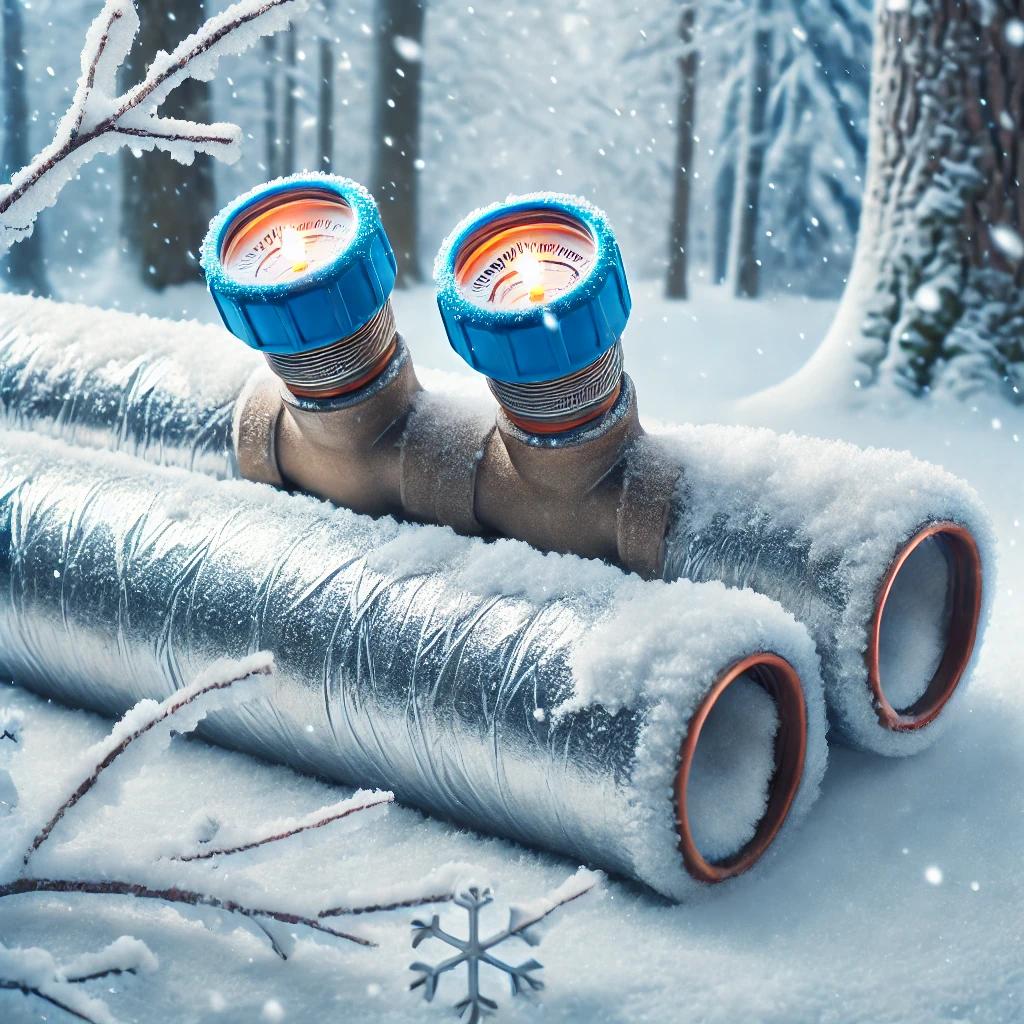Four Ways to Fund an HOA Capital Improvement Project
Living in a residential community often comes with the responsibility of maintaining shared spaces and assets. However, there will come a time when such assets need replacing or significant repairs. These large-scale tasks, including major replacements and new construction, are known as capital improvements.
A capital improvement involves a permanent structural change or the restoration of property elements that enhance the property's value, extend its useful life, or adapt it for a new purpose. This type of improvement must last more than one year. Examples of capital improvement projects include constructing new features like playgrounds or spas, or upgrading existing infrastructure such as boilers or swimming pool filtration systems. These projects can be quite costly, but there are several funding options available.
Operating Account
The operating account of an association covers daily maintenance and upkeep of the community. Funded by owners' HOA fees, this account can be used for capital projects if there's a surplus or sufficient funds, allowing the community to pay for projects upfront and avoid passing on extra costs to owners.
Reserve Fund
When immediate funds are not available, the reserve fund is the next line of defense. Reserve funds are typically allocated for repairing and replacing existing assets. In some states, they can also be used for new construction projects, while others restrict their use based on the reserve study. It’s important to consult with an association attorney before utilizing reserve funds.
Many associations face a challenge with underfunded reserves, which can hinder the ability to maintain community assets and lead to legal issues. Some states have specific requirements for funding reserves to prevent potential lawsuits related to property maintenance. Associations should regularly review their reserve study to ensure proper funding levels.
Special Assessment
If reserves are inadequate and the project isn't covered, a special assessment may be necessary. This involves charging an additional HOA fee to homeowners, allowing for payment over time to cover the project’s costs. However, there are risks involved:
1. Homeowners might dispute the assessment or take legal action against the association for failing to meet its responsibilities.
2. Collecting sufficient funds could be delayed if homeowners struggle to afford extra payments, potentially delaying the start or completion of the project.
Ultimately, associations must carefully plan and manage funding for capital improvements to maintain the integrity and value of their communities.





